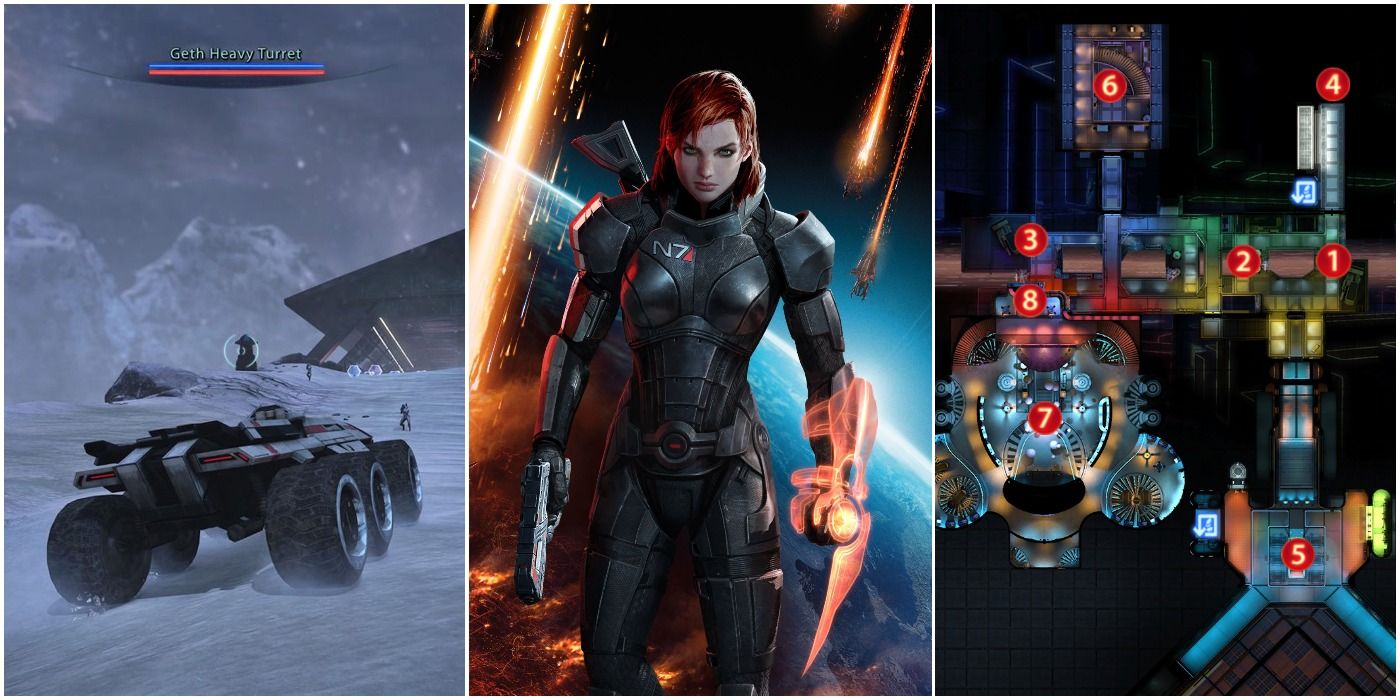
Remakes and remasters are all the rage these days. It seems like someone's favorite franchise is repackaged and resold every other week. As shallow as that sounds, many developers put an incredible level of work into these updates, creating countless new assets and even adding fresh features for fans to enjoy. As these redone titles continue to up the ante with their ambition, gamers have come to expect a degree of polish arguably comparable to a new IP.
RELATED: 10 NES Games That Got Remakes (& What They Were Released For)
The Mass Effect Legendary Edition had big shoes to fill, not only in the remaster landscape, but also because it updates three of the most highly acclaimed sci-fi games in recent memory. Thankfully, it has exceeded those expectations in many areas. In others, however, it sports a few shortcomings. While some of these could be fixed with patches down the road, certain issues have to do with creative choices. Each player has to decide for himself/herself whether this is truly the best way to experience Mass Effect.
10 Loved: It Runs Better Despite The Better Graphics
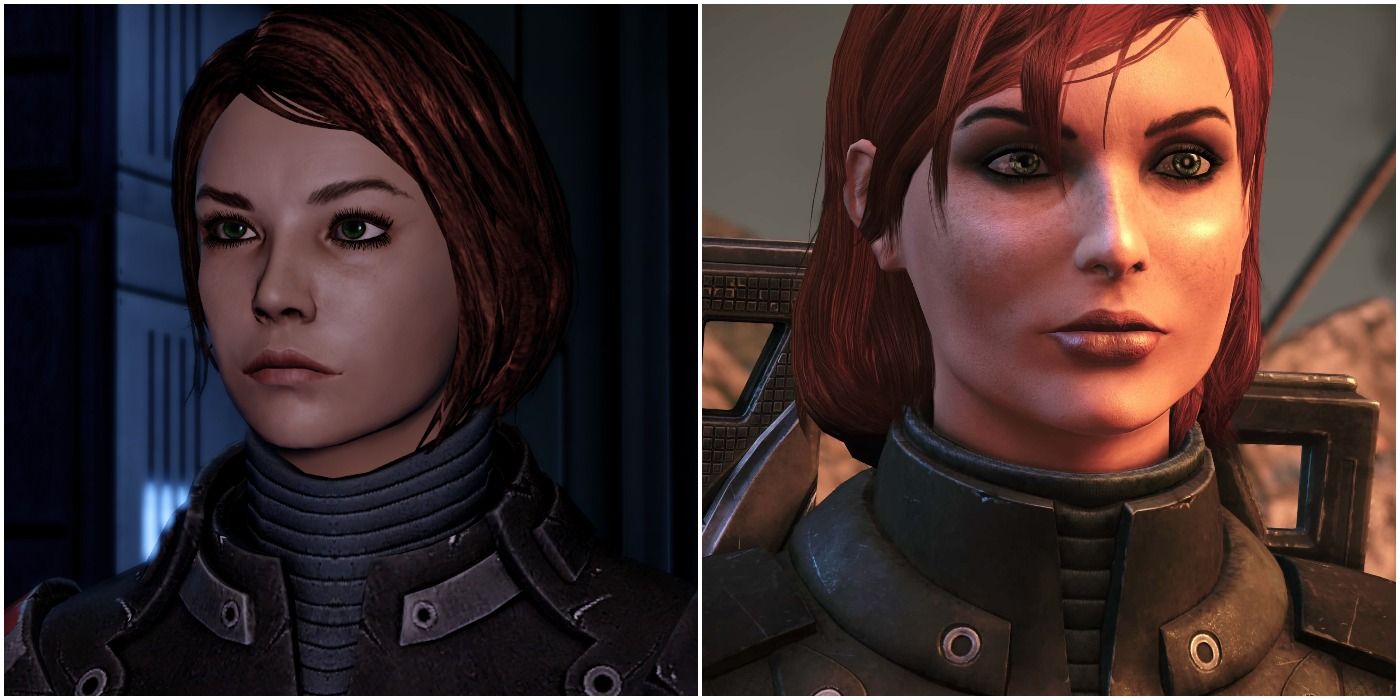
The detail added to these titles is impressive. BioWare have done an astounding amount of retexturing to the characters, environments, ships, and weapons. At times, these games look like they came out yesterday.
Some might think this would weigh them down. Thankfully, the developers have also optimized the trilogy to make this a non-issue. Smooth, consistent frame rates and lightning-fast load times will erase any doubts about the performance. This is an especially fruitful boon for the first Mass Effect, which barely ran at all during the best of times.
9 Didn't Love: Old Animations
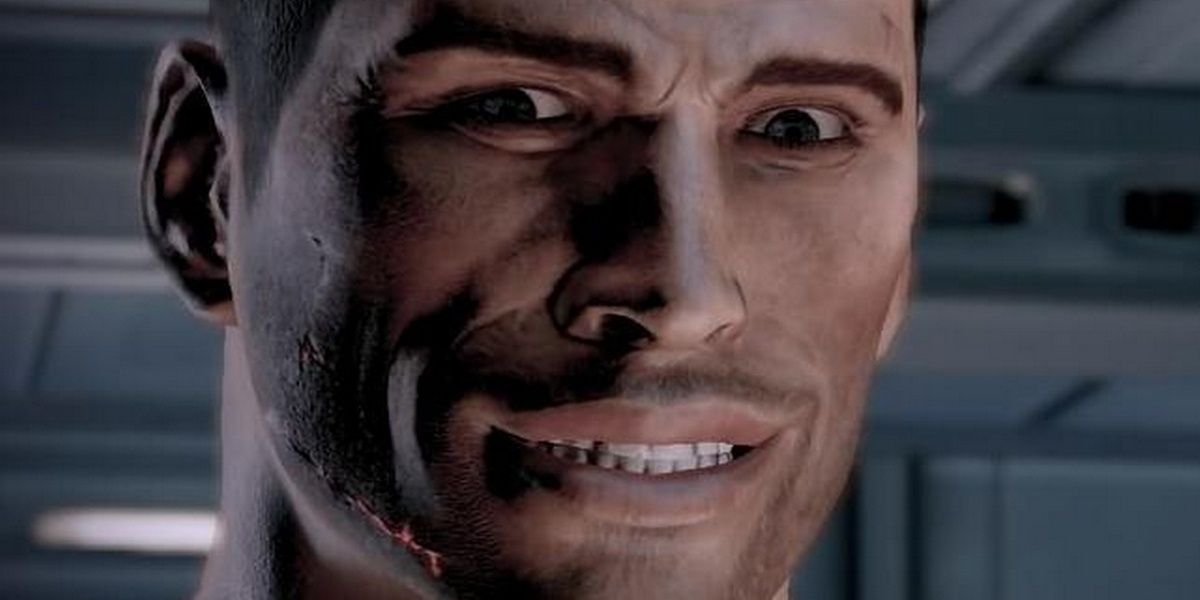
The faces may look new, but their movements are still stuck in the past. The Legendary Edition still sports the stilted and limited facial animations that permeated BioWare titles back in the day. While these are mostly functional, players will sometimes see a few scrunched features, bug-eyed expressions, or uncanny mouth movements to make them cringe.
The developers couldn't do much about this short of remaking the games from the ground up, so it's hard to dock too many points. Plus, when the alternative is the freakshow of faces in Mass Effect: Andromeda, these old animations don't seem so bad. Considering how much space the trilogy takes up, though, maybe the developers should have bit the remake bullet.
8 Loved: Smoother Gameplay
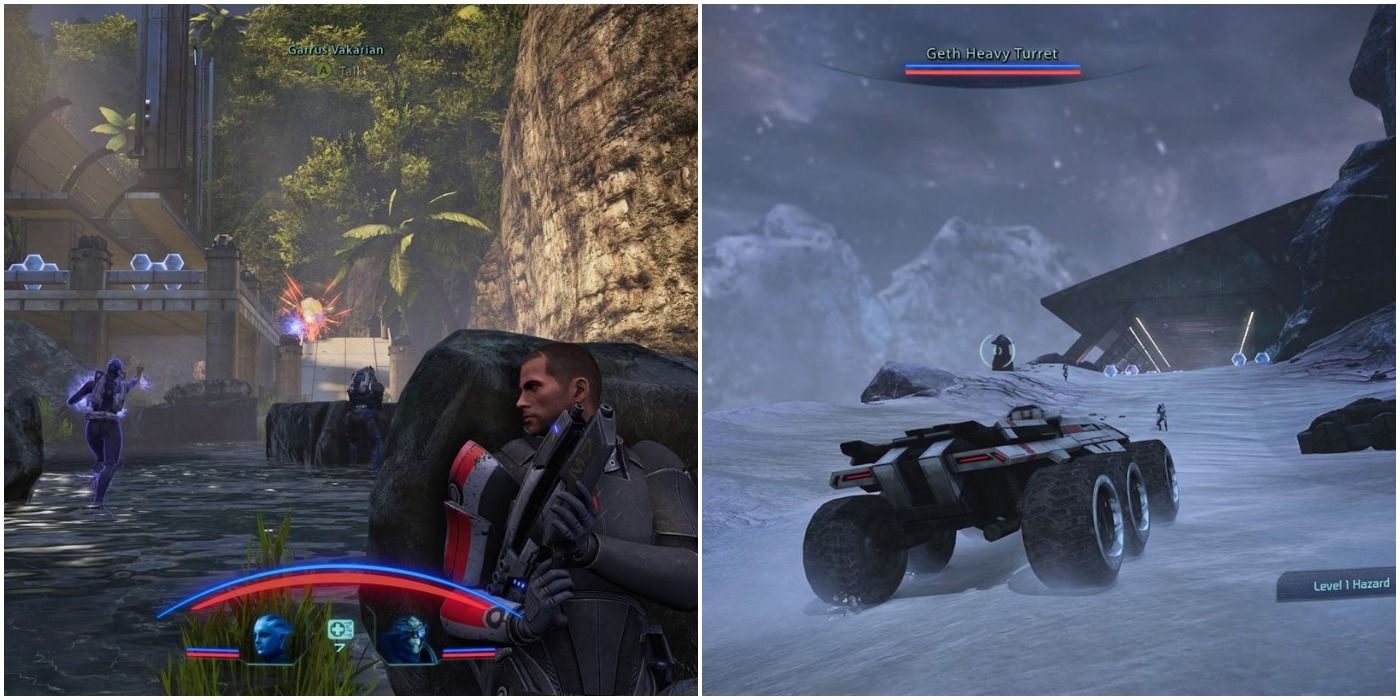
Mass Effect has never been the top dog of real-time combat. The first game's clunky gunfights are a testament to that, but these are now much more refined. Navigating cover and shooting assailants have become fairly intuitive, at least compared to the floaty awkwardness of before.
RELATED: Mass Effect: 10 Things You Forgot From The First Game
Even better, driving the Mako is not quite as painful. Not only do the tighter controls also apply, but the heavier feel and greater impact keep the vehicle from bouncing around as much. Plus, the tweaked enemies mean that it's actually conceivable to kill them. This even includes the Thresher Maw side quest in the first game. Players probably won't confuse Mass Effect for a modern action game, but they also won't be nearly as tempted to skip it.
7 Didn't Love: The Maps
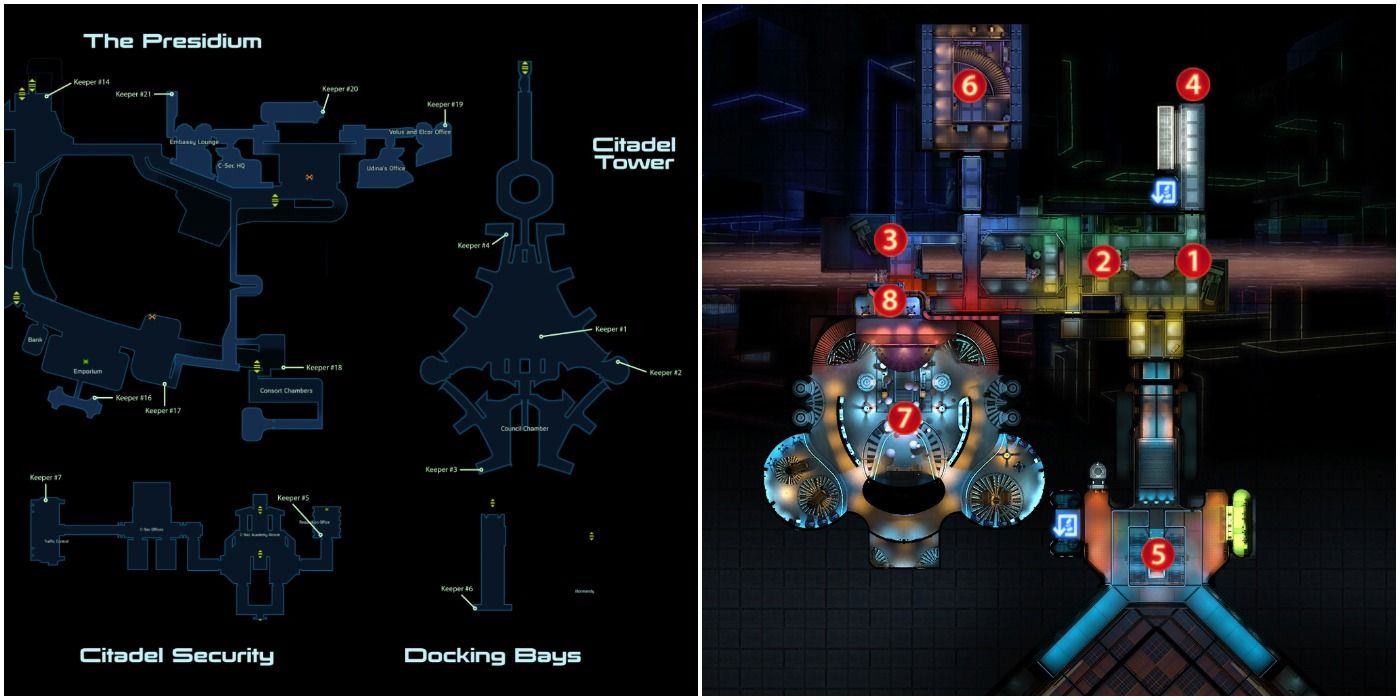
These navigational tools fall into two extremes. Those in the first Mass Effect are so basic and devoid of detail that players are better off asking the VI tour guide Avina for directions. Meanwhile, the sequels use a top-down satellite approach which makes each map a mess of colors and minute objects. Guess what? The Legendary Edition doesn't do a thing to fix them.
Of all the tweaks BioWare made, they couldn't throw in a decent mini-map at least? Couple this with the fact that it's hard to position Shepard effectively in the map, and gamers will have a hard time just getting around the Citadel. These maps take what should be a fundamental tool for exploration and make it completely unappealing. Fans are better off using the in-game waypoint system in the sequels. The maps sucked back then, and they still suck now.
6 Loved: RPG Elements
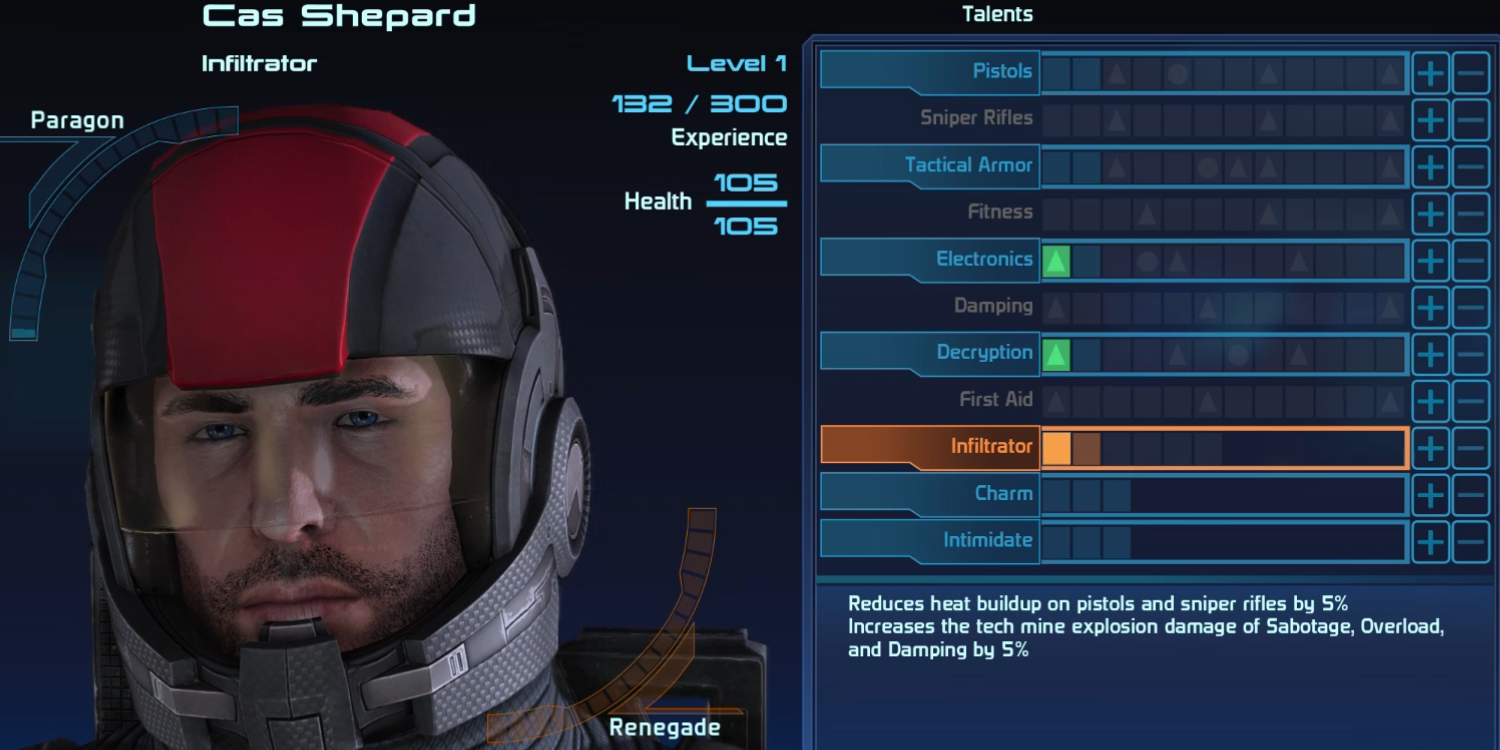
When gamers heard that the entire Mass Effect trilogy would be updated, some were likely concerned about streamlining. Would the developers repurpose the first game to be more like the sequels? Would this mean getting rid of the nitty-gritty RPG aspects that define it?
Thankfully, the more open-ended role-playing of the original Mass Effect remains mercifully unmolested. Shepard still has dozens of attributes to upgrade, and players can use these attributes to affect the story in various ways. One scenario can have a myriad of outcomes depending on gamer choice, encouraging additional playthroughs. That's a core characteristic of role-playing, and it remains prominent here.
5 Didn't Love: Brighter Colors
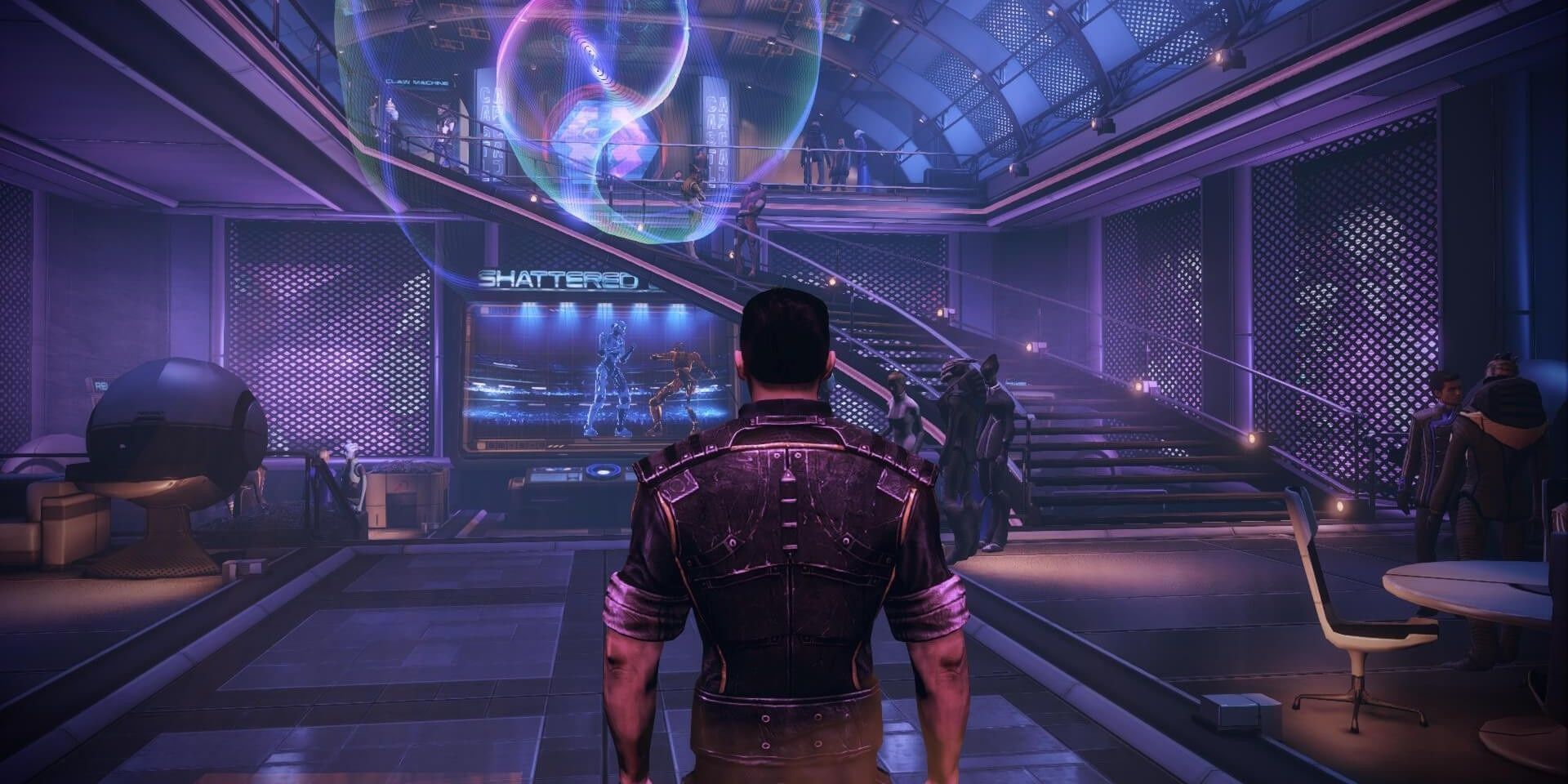
These three games are often dark--not only in terms of tone, but also literally. As such, BioWare cranks up the lighting and brightens many of the colors, clearly proud of their updated graphics. They don't seem to realize that this diminishes the atmosphere of certain scenes.
Any room appears more inviting when the lights are on, but some scenes and environments are meant to look the opposite. Mass Effect 2, in particular, enhances its underworld antics with a wealth of neo-noir shadows which are now less prominent. In short, the seediest places in the galaxy shouldn't be bright and friendly.
4 Loved: Old Voice Acting
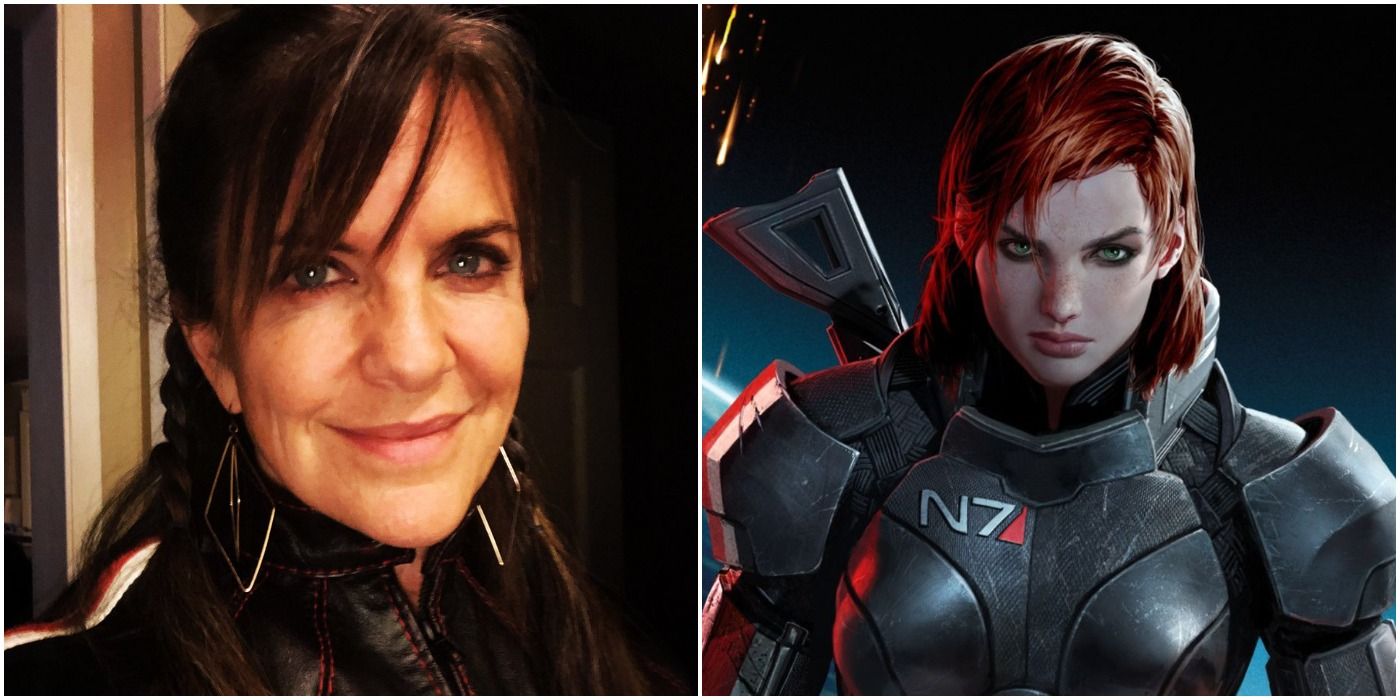
For some remasters or remakes, developers might also want to give the game an audio overhaul. Specifically, they might redo the voicework, music, and sound effects. The Spyro Reignited Trilogy and Resident Evil remakes are just a couple of examples. Reasons vary from actor disputes to simply wanting better-quality audio.
RELATED: Jennifer Hale's 5 Most Iconic Video Game Voice-Acting Roles (& 5 You Didn't Know About)
That's not the case with Mass Effect. Since these games released during the Xbox and PS3 era, the audio mostly holds up to modern standards. Plus, the voice acting throughout the trilogy was rock-solid, so they had no creative reason to rerecord or change actors. Considering the characters are among the series' strongest assets, it's a good thing their engaging portrayals remain intact.
3 Didn't Love: Human Hair
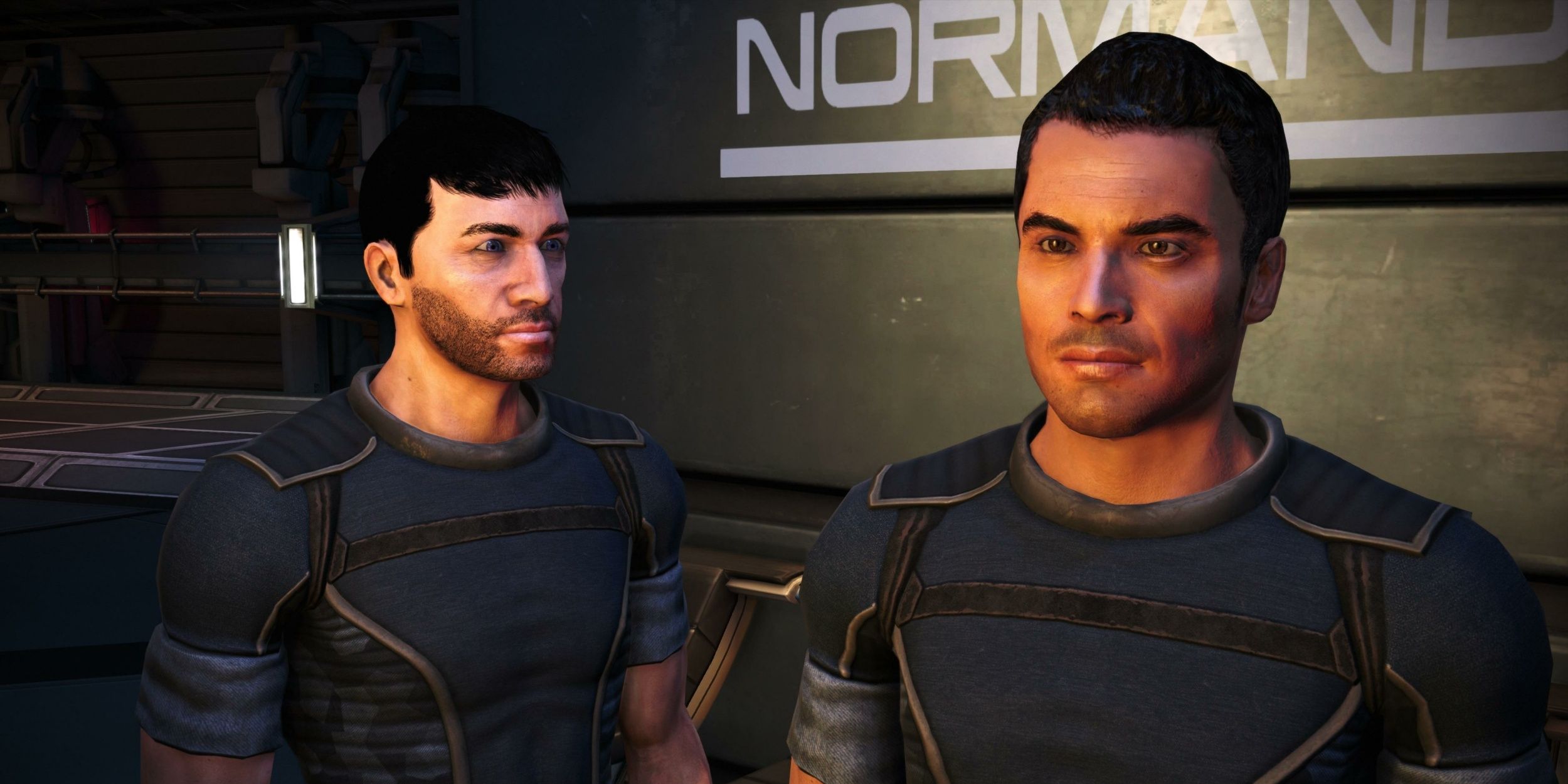
For all the improvements made to textures, BioWare still couldn't fix the hair. One would think that giving the female Shepard an entirely new head throughout the games would warrant a few fresh hairpieces, but no. Every character's mop (even Shepard's squad members) looks like the same Silly Putty they had before. If anything, these locks look worse since the rest of the model is so intricately crafted.
It doesn't play any better in motion, or lack thereof. No matter what they're doing or how fast they're doing it, everyone's mane remains as still as a statue. Sci-fi fans likely haven't seen hair this stiff since early episodes of Star Wars: The Clone Wars. Gel must be a common resource in space.
2 Loved: Amount Of Content
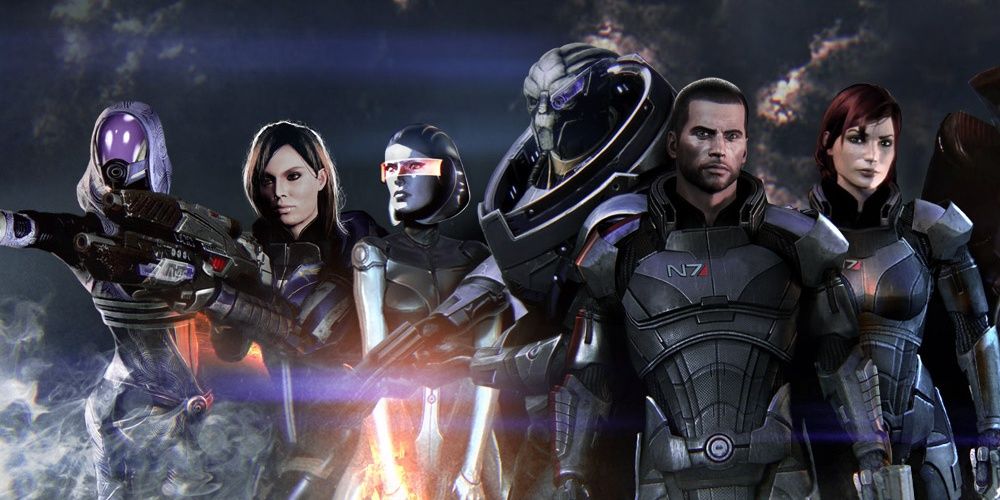
This is an advantage to every remaster. With three games for the price of one, players obviously get a lot of bang for their buck. This collection goes beyond even that. Each Mass Effect title is a sprawling action RPG with dozens of hours of content. On top of that, packing in most of the DLC provides players with yet more adventures.
In this modern age of microtransactions, gamers don't get this type of value anymore. Some titles like Assassin's Creed Valhalla provide vast amounts of activities, but these often boil down to shallow filler and bloated busywork. By contrast, most quests in Mass Effect are carefully crafted tasks with substantive stories to tell, making the package more worthwhile.
1 Didn't Love: Nothing New

Sure, the Legendary Edition has plenty of content, but it's all content that people have seen before. For those who purchased this DLC or played previous compilations, this package has little to offer aside from the glossy sheen. It's still the same experience, just with the kinks ironed out. Technically, it has less since one DLC's source code was lost.
Some remakes and remasters go the extra mile to entice old hats. For instance, the Crash Bandicoot N. Sane Trilogy adds two new levels and makes Coco a playable character across all three titles. It's not much, but it provides a nice little bonus to seasoned fans making a return journey. The Mass Effect Legendary Edition doesn't include this extra effort. For better or worse, it delivers exactly what's expected and nothing more.

